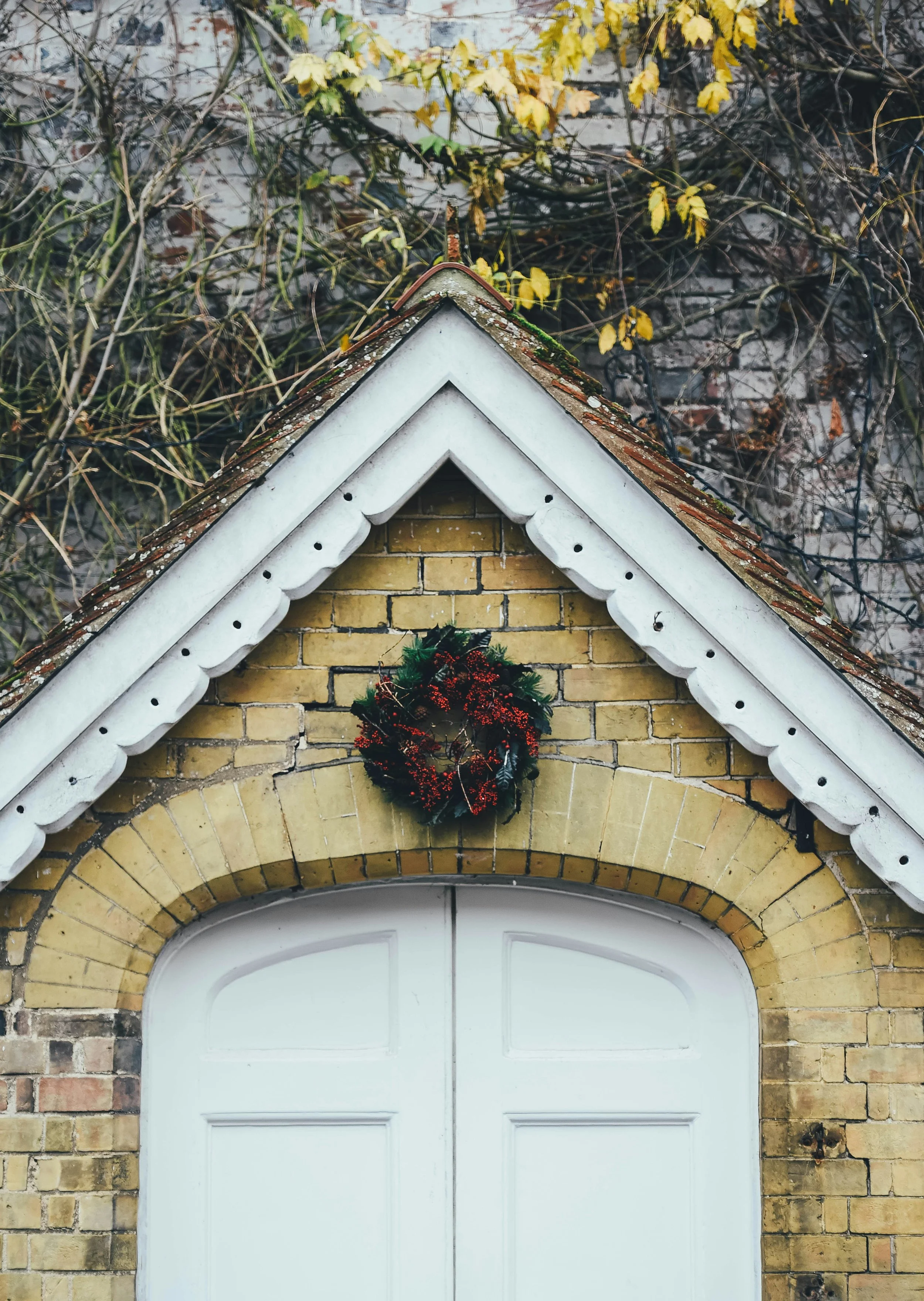The debate over the large builders’ elevated use of mortgage buydowns — and the potential risks to buyers — isn’t new.
Reigniting the argument, a recent report from the American Enterprise Institute (AEI) asserts that mortgage buydowns among the large builders are artificially inflating new home prices, therefore creating a risk for buyers in the resale market. Publications and industry analysts, citing AEI’s data, added that the practice may help big builders at the expense of their homebuyer customers.
Large homebuilding firms would counter that mortgage buydowns remain the most effective financial tool to close the growing affordability gap, providing households with a bridge from rising rents to homeownership. Buydowns, they assert, allow borrowers to build equity faster, effectively a better deal for homebuyers than pure price cuts.
The debate that has sprung up centers on whether the widespread use of mortgage buydowns has been a net benefit or a net negative for buyers and the housing market at large.
This story doesn’t aim to answer that question definitively, since only time will tell. Instead, it seeks to unpack why big builders are increasingly using mortgage buydowns and to highlight some of the competing perspectives that shape this debate.
Setting up the debate
The 30-year fixed-rate mortgage was barely more than 3.0% at the beginning of 2022, but rose sharply throughout the year to a peak of more than 7.0% in October. By then, public builders had already begun using mortgage buydowns and continued to do so aggressively.
“That left builders in the lurch, particularly large new residential subdivision builders that had a lot of inventory. And so they started using permanent buydowns, quite naturally, to move that inventory rather than lowering prices,” Ed Pinto, Senior Fellow and Codirector at AEI Housing Center, tells HousingWire.
Since 2022, as more would-be homebuyers found themselves priced out of the market for new homes, exacerbated further by spiraling mortgage rates, homebuilders resorted to mortgage buydowns to make their homes more attainable, based on a homebuyer’s monthly payment capacity.
Part of their motivation at the time was competitive. Existing home listings had fallen off massively earlier, during COVID, and in the pandemic’s aftermath, never materialized, as owners “locked in” with historically low interest rates. This gave homebuilders a once-in-an-era opportunity to serve homebuyers without resale competition. Their ability to offer mortgage buydowns became a catalyst for better-than-expected sales pace from late 2022 through the third or fourth quarter of 2024.
Starting about then, many homebuilders — who’d overestimated ongoing demand in 2024 and 2025 — began having to work through a glut of spec homes, particularly in the South, which generally require more incentives to sell.
Of note, although reports say that up to 70% of all production builders — public and private — use buydowns, this tool is more widely used among large homebuilders. AEI data found that about 64% of new homes sold by the 21 largest builders as of June used a permanent buydown, compared with about 13% among smaller builders. By way of example, 73% of Pulte’s homebuyers last quarter received a mortgage rate buydown.
Many public builders are offering buyers mortgage rates as low as 3.99%. Executives at Smith Douglas Homes said they recently began offering a 3.49% rate on select homes that had been on the market too long. In comparison, the average 30-year FRM sits at 6.23% as of November 26.
These deals are possible because big builders have greater access to capital and can purchase forward commitments. These are arrangements in which lenders agree to sell mortgages in bulk at reduced rates. Essentially, this allows the large builders to assign those cheaper loans to homebuyers in a way that smaller builders and individual homeowners can’t match.
While these deals come at a cost, permanent buydowns are more cost-effective for builders than price reductions. According to Pinto’s research, lowering a buyer’s mortgage rate by 100 basis points sets a builder back about 3.2% of the sales price. Meanwhile, the same builder would need to cut the sales price by 10% to achieve the same monthly mortgage payment.
Additionally, permanent buydowns funded by builders through bulk forward commitments are not counted toward seller concession limits. According to AEI, if these buydown costs were included, roughly 25% of GSE loans and 66% of FHA loans on new homes sold by major builders would surpass the 6% cap on seller concessions. This means that many current permanent buydown programs wouldn’t be feasible without this loophole.
A Morgan Stanley report from July estimated that about 75% of new homes backed by Ginnie Mae and 30% of new homes backed by Freddie Mac and Fannie Mae include buydowns. The report further alleged that buyers using Ginnie Mae-backed mortgages pay a sales price about 12% higher due to elevated mortgage buydowns.
Pinto echoed this perspective, calling out the 21 largest builders for artificially inflating new home prices by 10-12%. To back up this claim, he presented data showing that new home prices from large builders are noticeably higher than those of competing homes from smaller builders and existing homeowners.
The recent allegation making headlines is that prices charged by the largest builders may be artificially inflated. Even though they offer lower mortgage rates, this could pose a risk for buyers, critics warn.
Is this a bad deal for buyers?
Does this trend pose a risk for buyers? It depends on who you ask.
The risk, according to critics, is that homeowners who buy at a potentially inflated price could end up owing more than what their homes are worth soon after closing. This could be especially pronounced in certain southern or western markets where new homes are plentiful, and prices are either stagnant or falling.
If the home were to hit the resale market in just a few years, it might sell for less. The risk is that the buyer would therefore be underwater.
Most economic and real estate industry forecasts predict that home prices will stabilize and rise slightly in 2026. Many of those forecasts avow uncertainty risks.
In a prior conversation with The Builder’s Daily, New Home Star founder David Rice warned that builders might be “setting a precedent that could backfire when those homes hit the resale market.”
However, there isn’t necessarily a greater risk for buyers who hold on to a property for longer, especially for a decade or more. This is because property values, even if they might decline in the short term, will typically be more favorable to homeowners in the long run.
Joel Berner, Senior Economist at Realtor.com, said that elevated mortgage buydowns could very well be inflating housing prices. From his perspective, this may pose a risk for the market. However, he also said that many people don’t care how mortgage payments come down, as long as they can afford the payments.
“If I am a buyer, and let’s say my budget is $2,500 for a monthly payment, I don’t care what my purchase price is. I don’t care what my mortgage rate is. I’ve got $2,500 a month that I can pay. Then if [builders] cut those mortgage rates down, you can keep the base price a little bit higher,” he said.
Realtor.com data shows that new home prices increased only 0.2% year-over-year and are down 4.0% from their peak in 2022. Due to high mortgage buydowns and stagnant new-home prices, the average mortgage payment for buyers purchasing a new home is now only $30 more than for those buying existing homes.
“We might actually be seeing that these prices are a little bit inflated, even as they’re falling right now, just because people are willing to come to the bargaining table. And if the bargaining chip you offer me is a low rate, then I’ll take that, because I don’t really care, as long as it doesn’t change my monthly payment,” Berner said.
Large homebuilders argue that mortgage buydowns are the best tool for affordability
Paul Romanowski, President and CEO at D.R. Horton, argued during a recent Q4 earnings that mortgage buydowns are a better deal for buyers than price cuts.
“I think for our buyer, again, it still comes back to the monthly payment. And the most attractive monthly payment we can put them in is with a lower rate. And I think it’s a benefit to the homeowner over time in terms of, they’re paying down more of their principal,” he said.
Public builder representatives contacted by HousingWire declined to comment for this story. However, the large builders may contend that mortgage buydowns sustain base sale prices and preserve comparable values in a community, while still improving buyer affordability.
Ken Gear, CEO of Leading Builders of America, an advocacy organization representing many large homebuilders, echoed Romanowski’s statement that mortgage buydowns are a tool for buyers to build equity faster. Buyers, he argued, want to build equity quickly with a mortgage payment they can afford, and aren’t as concerned with what the purchase price is.
He also argued that buydowns offer a more realistic pathway to affordability, as equivalent price reductions aren’t feasible and would cost builders’ operating margins much more.
“The buydown gives you a lower monthly payment, but you can’t lower the price enough to match that lower payment and still make a profit,” he said, arguing that some recent analyses on the topic are skewed.
Gear additionally argued that lower mortgage rates have another benefit — buyers with lower rates tend to remain in their homes for longer. Gear pointed to this trend to counter the arguments that there is a greater risk to some new home buyers if the price of their properties were to drop.
“We know from the current lock-in effect that people with lower rates tend to stay in their homes longer, and they tend to be a better risk. So I think the lower rate is, and especially in a falling rate environment or falling price environment, a better policy risk as well. The value of the collateral remains strong, and buyers who are building equity faster are more likely to stay in their home and not foreclose,” he explained.
The FHA’s Neighborhood Watch and Compare Ratio data, released in September, analyzed the percentage of loans from all lenders with 2,000 or more FHA originations over the prior two-year period that were seriously delinquent.
Mortgages among the 10 large homebuilder lenders in the report ranged from 1.11% to 1.52% seriously delinquent, compared with a national average of 2.37%. This indicates relatively strong payment performance among the homebuilder-affiliated lenders.
The bottom line
Buyers in the current market are strained. While a low mortgage rate sounds attractive, critics say that mortgage buydowns are a bad deal for buyers, especially in the short term.
The large public builders counter that generous mortgage buydowns are a proven way to address home seekers’ pursuit of homeownership, while maintaining sustainable profit margins.
This, however, grants the large public operators an upper hand that the smaller private builders can’t match. Large builders continue to gain more market share year after year. If the trend of elevated mortgage buydowns among their public counterparts continues, private homebuilders could be at an ongoing competitive disadvantage.
Read more at Housingwire
Related Links
If there is a home that you would like more information about, if you are considering selling a property, or if you have questions about the housing market in your neighborhood, please reach out. We’re here to help.






